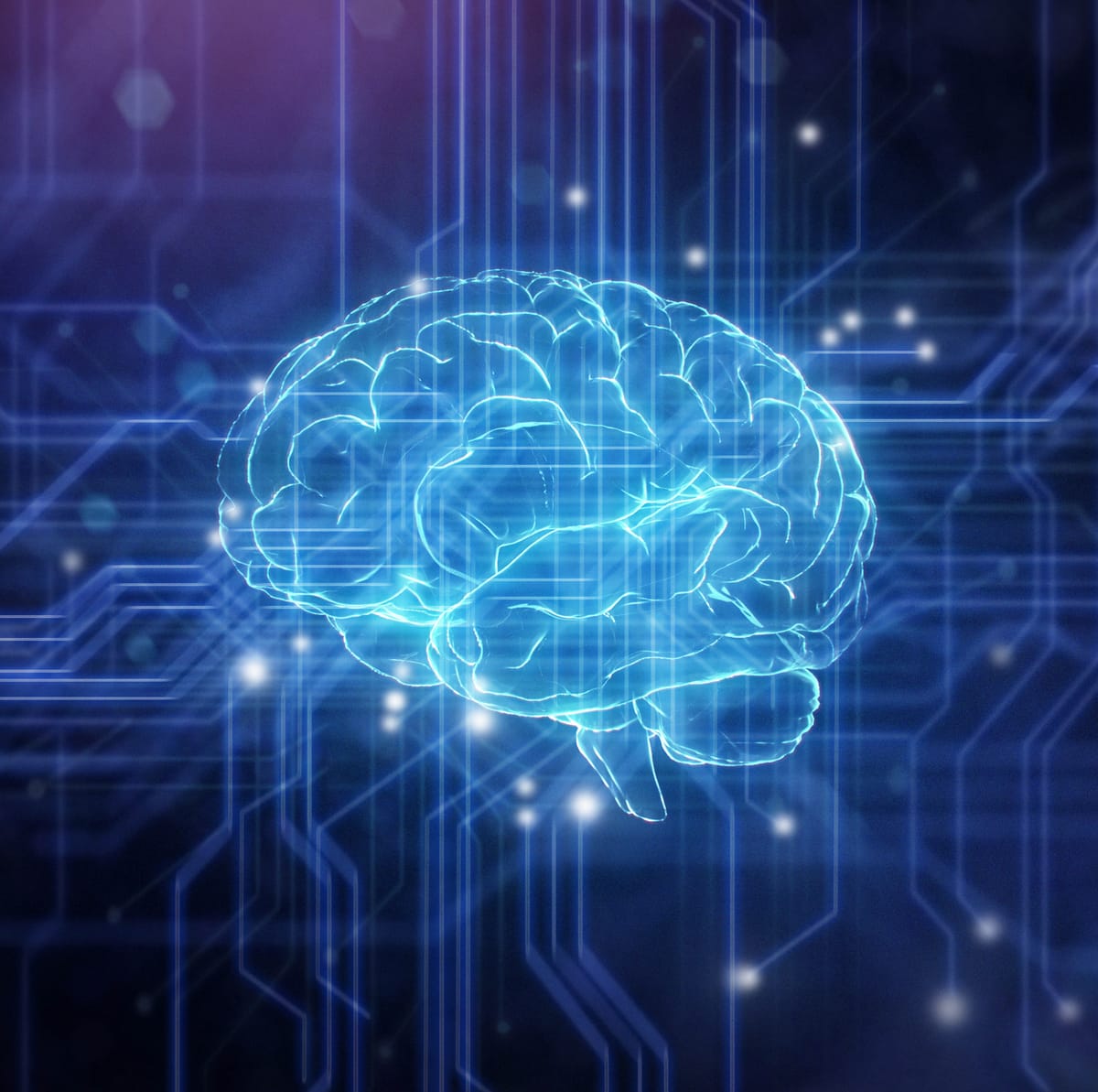Brain Stimulation

Ever wondered how background music impacts your attention? The latest research delves into this, exploring the fascinating connection between music, focus, and cognitive performance. The study suggests that heavily-modulated music could be the key to enhancing sustained attention, especially for those with ADHD symptoms. Using brain imaging techniques like fMRI and EEG, researchers uncovered that this type of music sparked greater neural activity and improved stimulus-brain coupling.
¿Te has preguntado alguna vez cómo la música de fondo afecta tu atención? La investigación más reciente profundiza en este tema, explorando la fascinante conexión entre la música, la concentración y el rendimiento cognitivo. El estudio sugiere que la música altamente modulada podría ser la clave para mejorar la atención sostenida, especialmente en aquellos con síntomas de TDAH. Utilizando técnicas de imágenes cerebrales como fMRI y EEG, los investigadores descubrieron que este tipo de música desencadenaba una mayor actividad neural y mejoraba el acoplamiento estímulo-cerebro.
Czy kiedykolwiek zastanawiałeś się, jak muzyka w tle wpływa na twoją koncentrację? Najnowsze badania eksplorują fascynujące połączenie pomiędzy muzyką, skupieniem a zdolnością poznawczą. Wyniki badania sugerują, że intensywnie modulowana muzyka może być kluczem do poprawy długotrwałej koncentracji, zwłaszcza u osób z objawami ADHD. Korzystając z technik obrazowania mózgu, takich jak fMRI i EEG, badacze odkryli, że taki rodzaj muzyki wywołuje większą aktywność neuronalną i poprawia reakcję między bodźcem a mózgiem.
Keywords · 🗝️
fMRI stands for functional Magnetic Resonance Imaging and is a neuroimaging technique used to measure and map brain activity by detecting changes in blood flow. It is based on the principle that neural activity in the brain is coupled with changes in blood flow and oxygen levels. When a specific area of the brain is more active, it requires more oxygen, leading to an increase in blood flow to that region.
EEG stands for electroencephalogram. It is a non-invasive neuroimaging technique that measures electrical activity in the brain over time. EEG records the fluctuations in electrical potentials on the scalp, generated by the firing of neurons in the brain. The resulting data, known as an electroencephalogram, provides information about brain function and activity.
Experiment · 🔬


AM+Music (i.e. music with fast amplitude modulations), Control-Music (with slow amplitude modulations), and Pink Noise.
Solution · 🎧






